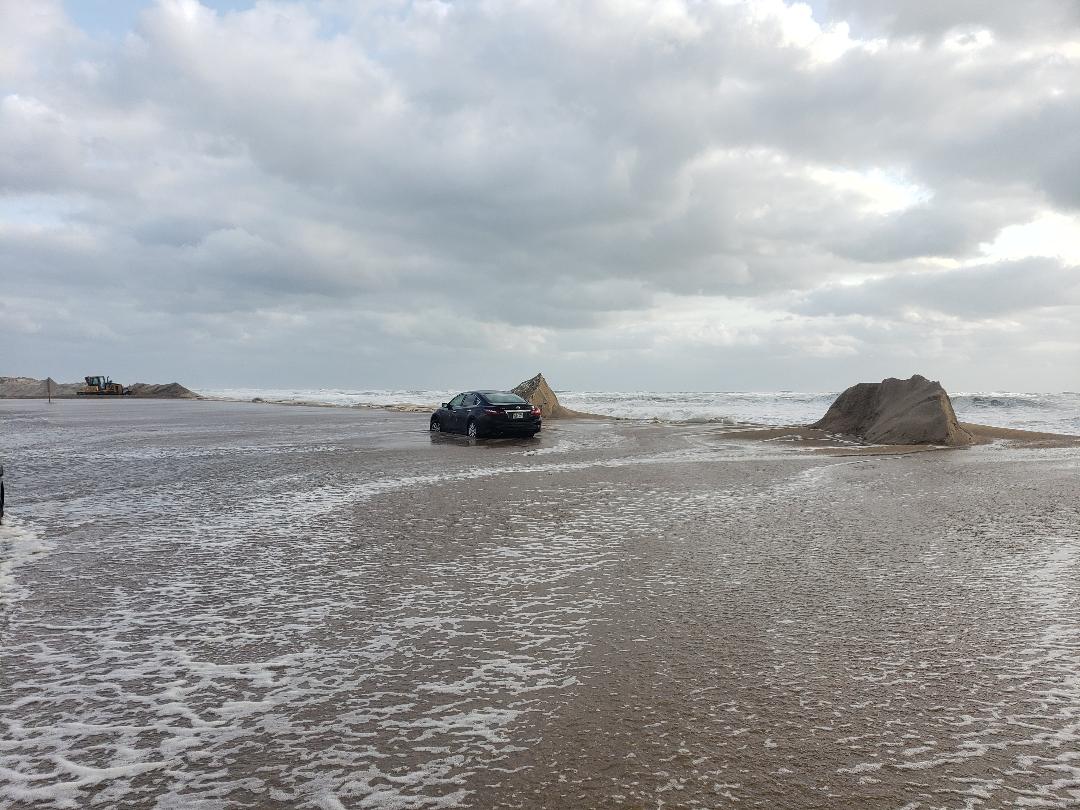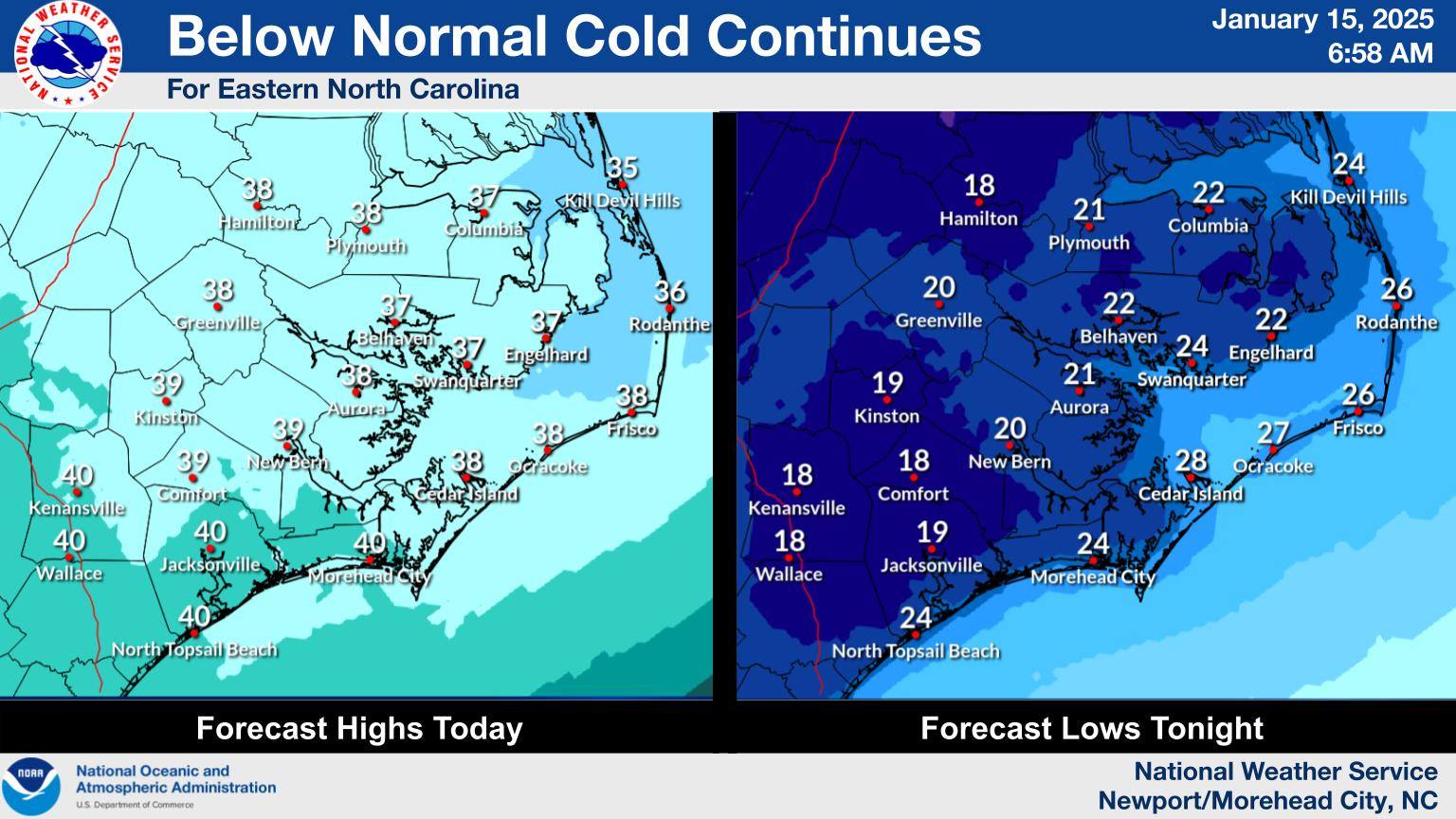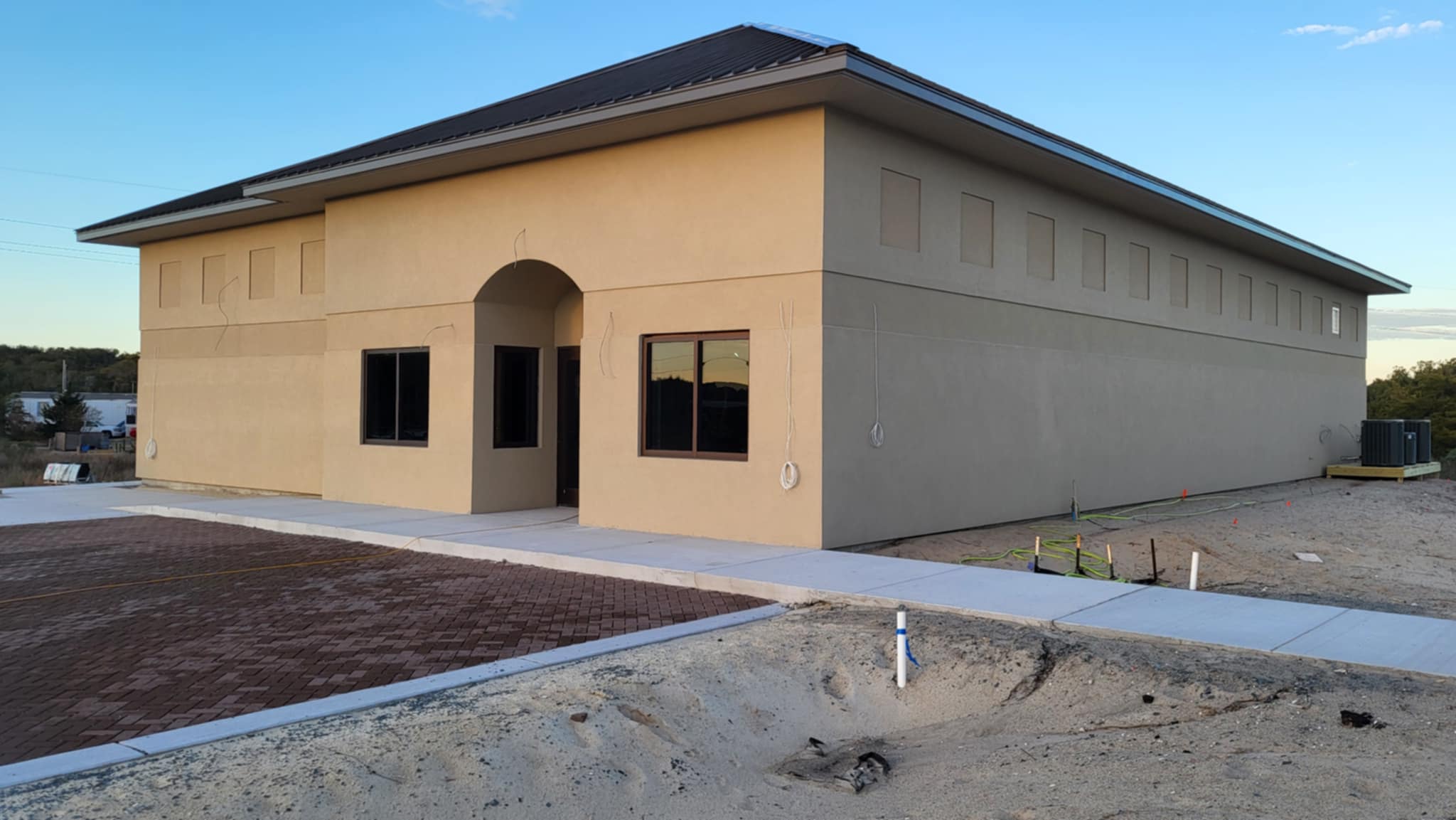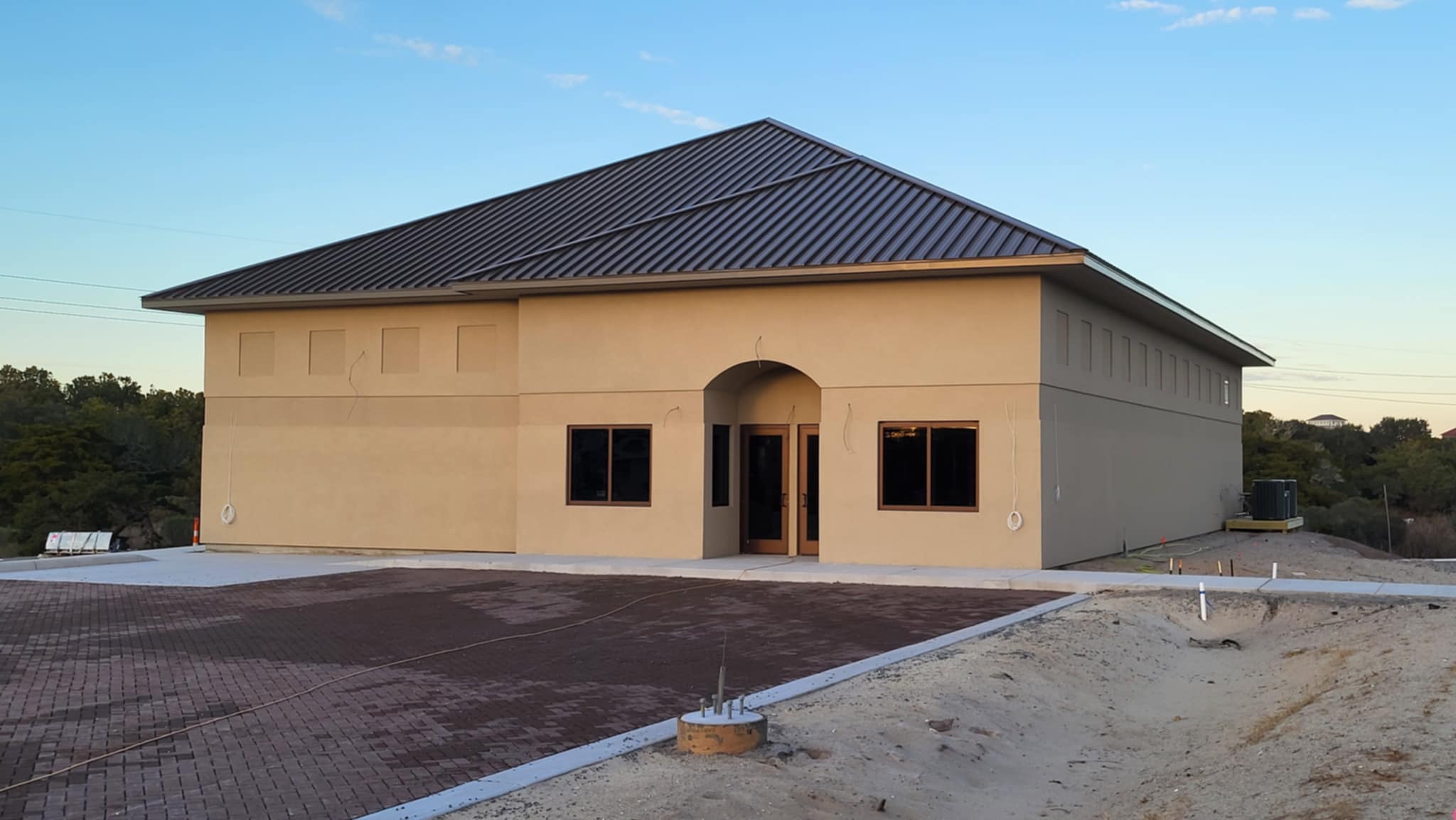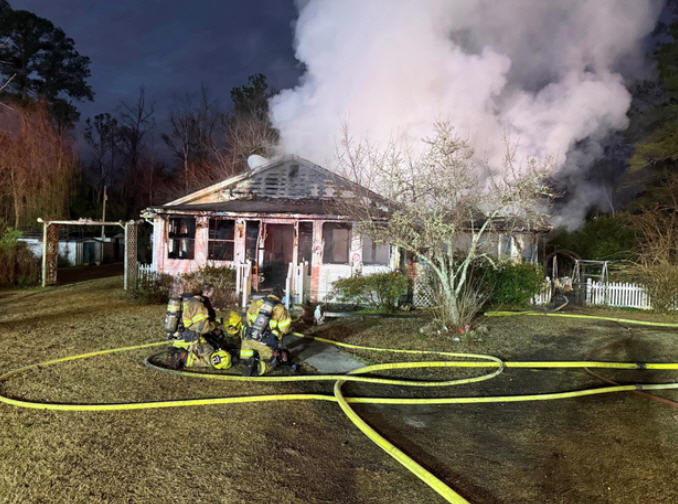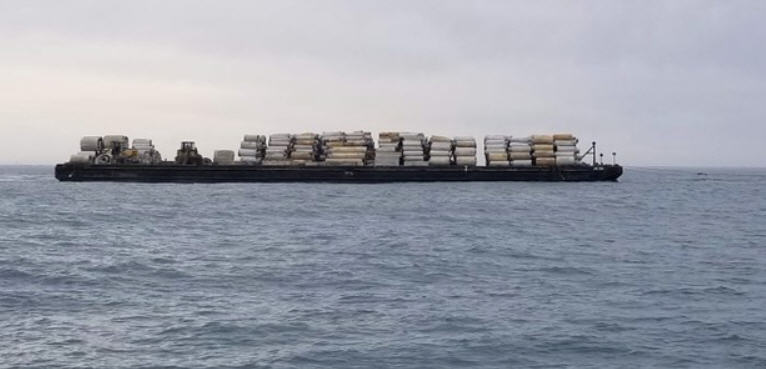Transportation Board approves projects for next decade
The North Carolina Board of Transportation yesterday approved the 2016-2017 State Transportation Improvement Plan, a 10-year plan that includes nearly 1,100 projects in the state over the next decade.
The plan is the first developed using the Strategic Mobility Formula, which ranks projects according to their impact on statewide, regional, and local levels. The formula was created two years ago with the passage of the Strategic Transportation Investments law (STI).
Headlining the projects in Dare and Hyde counties are the Bonner Bridge replacement and long-term bridging of Highway 12 hotspots at Pea Island Inlet and at the S-curves north of Rodanthe.
The Bonner Bridge replacement is currently at a standstill because of legal wrangling and confidential negotiations between NCDOT and the Federal Highway administration on one side and the Southern Environmental Law Center, representing two environmental groups, on the other side.
However, in the STIP, the replacement project is slated to begin next year and cost $435 million.
The Pea Island improvements are listed in the project, but the details have been removed. Parsons Construction Group has a $79.7 million contract to construct the permanent bridge over the inlet created by Hurricane Irene in 2011. The contractor started construction in February 2014 and was scheduled to finish next spring.
However, last Sept. 10, DOT issued a stop-work order on the project while confidential negotiations on the bridge wrangling are underway. Since then, the area has been a confusing and messy construction zone with supplies and equipment still stored on the site.
The plan for long-term improvements at the S-curves in north Rodanthe are also on hold. However, the STIP lists a $198 million project that would begin next year.
The 10-year plan calls for the replacement of one river-class ferry on the Hatteras-Ocracoke route in 2019 at a cost of $12 million.
In Hatteras village, the plan lists $1.47 million to replace a bridge over a canal. And on Ocracoke, it includes $8,000 in 2015 for construction of shelters and benches as part of a park-and-ride system — presumably as part of a plan that DOT is now vetting that would add passenger ferry service between Hatteras and Ocracoke villages.
In Dare County, other STIP projects include $1.49 million to replace the Snow Goose Canal bridge in Southern Shores next year, a $13.3 million major improvement for Colington Road starting in 2018, upgrades to a section of Bob Perry Road in Kitty Hawk and replacement of a West Kitty Hawk Road bridge in 2021 and 2022.
Using the mobility formula, the N.C. Department of Transportation says that it is able to invest existing transportation revenues more efficiently, funding 303 more projects and helping support about 126,000 more jobs than it could have under the state’s previous funding formula.
The STIP includes projects in all 100 counties and all transportation modes, making it one of NCDOT’s most comprehensive state transportation programs to date. Transportation officials say the highway projects alone are expected to support the creation of nearly 300,000 jobs.
“This new data-driven formula takes the politics out of transportation and allows us to invest in more projects that will increase safety, reduce congestion and enhance economic competitiveness,” Transportation Secretary Tony Tata said. “These projects align with Gov. McCrory’s 25-year Vision for Transportation by connecting small towns and big cities, products to markets and people to jobs, healthcare, education and recreation.”
The Strategic Mobility Formula directs 60 percent of available funding to improvements on the regional and local levels to ensure NCDOT is meeting the varied needs of communities throughout North Carolina. The remaining 40 percent goes to projects of statewide significance.
While projects on the statewide level are determined based only on data, local input is considered in determining projects at both the regional and division levels to ensure that local transportation priorities are addressed.
Planning organizations across the state submitted projects to NCDOT for evaluation at the local, regional and statewide levels. The projects were scored by a data-driven process that weighed factors such as safety, congestion and economic competiveness. Those at the statewide level that did not score high enough to be funded also had the opportunity to compete on the regional and division levels.
Transportation Secretary Tony Tata and Governor McCrory unveiled a draft of the State Transportation Improvement Program in December. NCDOT held a series of meetings over the past several months for public comment prior to the transportation board’s approval.
NCDOT updates the state transportation plan every two years to be sure that it accurately reflects North Carolina’s current financial situation. The STI law also mandates ongoing evaluation and improvement to ensure the process continues to be responsive to the state’s diverse needs.
A prioritization work group has already examined the current process and developed recommendations for changes to strengthen the next iteration of the transportation plan.
DOT says that while the STI law allows it to make more efficient use of its existing revenue, only one in five of the 3,100 projects submitted for prioritization in 2014 can be funded over the next 10 years with current revenue resources.
Gov. Pat McCrory’s 25-Year Vision for transportation recognizes the need to pursue alternative funding solutions, such as public-private partnerships and bond strategies that will allow the state to take advantage of current low interest rates to deliver vital infrastructure improvements for North Carolina.
McCrory has proposed two bonds of approximately $1.4 billion – one each for roads and public infrastructure.
Click here to see a map and listing of all the STIP projects.





